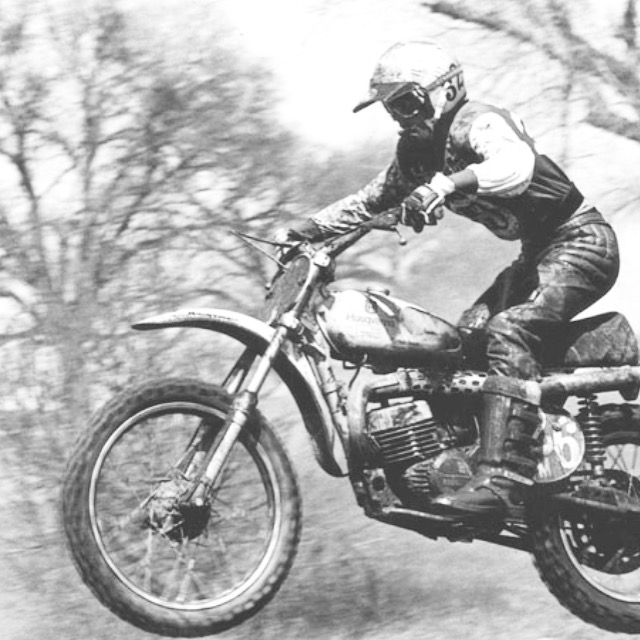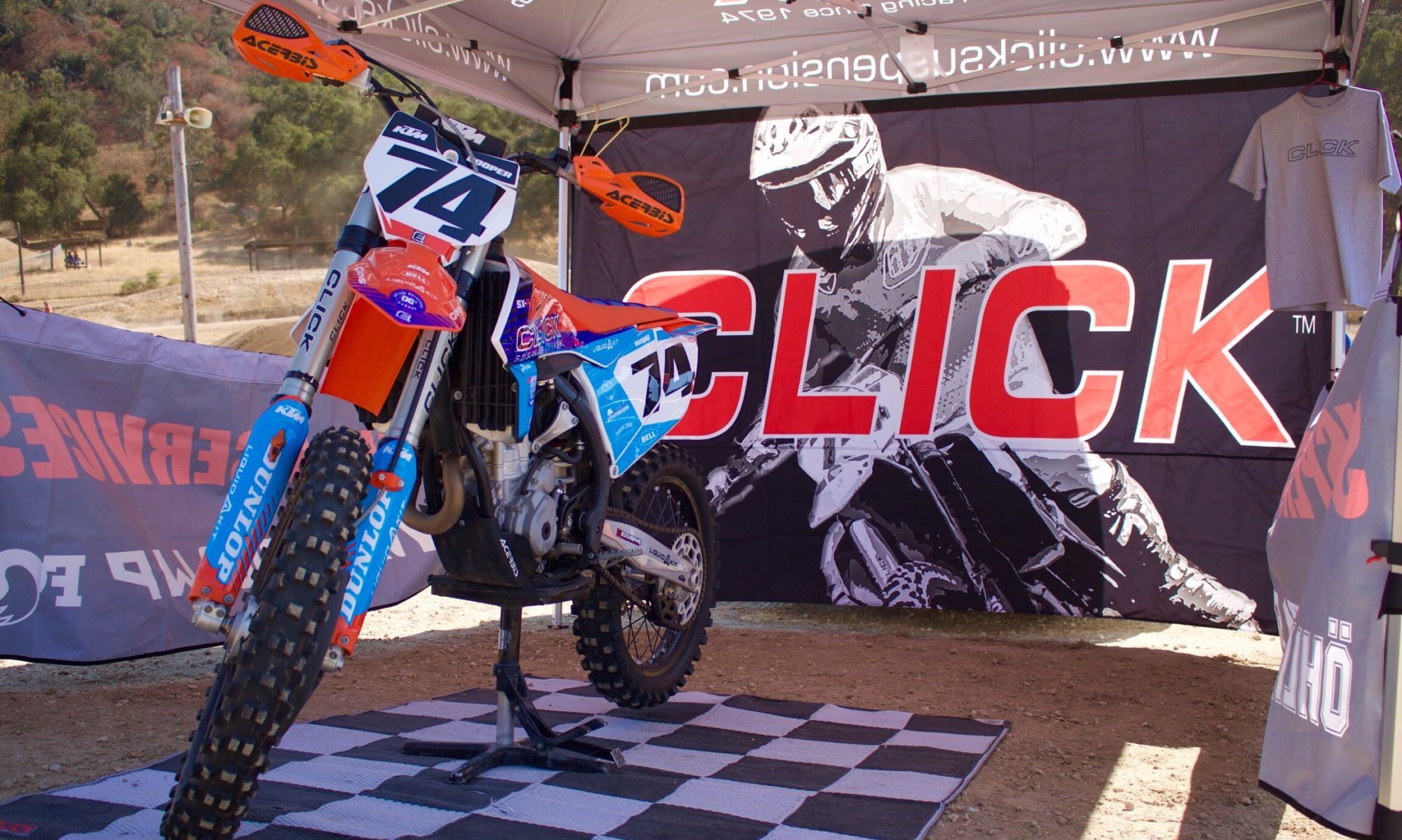
Click here for spring rate conversion chart:CLICK
The Crucial Role of Front and Rear Suspension Spring Balance
When it comes to dirt biking and or mountain biking, achieving the suspension balance is paramount. Understanding the importance of front and rear spring balance can significantly enhance your riding experience.
1. Stability and Control:
Front and rear spring balance directly influences the stability and control of your bike. Proper balance ensures that the weight distribution between the front and rear wheels is optimal, allowing for better handling in various riding conditions. Whether navigating through sharp corners, navigating rocky terrain, or hitting jumps, a well-balanced suspension system provides the stability needed to maintain control and confidence.
2. Enhanced Suspension Performance:
Achieving the right balance between front and rear springs is essential for maximizing suspension performance. The suspension system absorbs impacts from uneven terrain, bumps, and jumps, smoothing out the ride and minimizing rider fatigue. A balanced suspension setup allows for proper weight transfer during acceleration, braking, and cornering, ensuring that both the front and rear wheels maintain optimal contact with the ground for improved traction and responsiveness.
3. Improved Comfort and Ride Quality:
Front and rear spring balance directly impacts the comfort and ride quality of your dirt bike. A properly balanced suspension system absorbs shocks and vibrations more effectively, reducing rider fatigue and discomfort during long rides or intense off-road sessions. By fine-tuning the front and rear spring settings to suit your riding style and preferences, you can enjoy a smoother, more enjoyable riding experience, whether you’re cruising through trails or pushing the limits on the track.
4. Adjustability and Customization:
Modern bikes offer a wide range of adjustability options for front and rear suspension settings, allowing riders to customize their bikes according to their specific needs and preferences. By adjusting preload, compression, and rebound settings, you can tailor the front and rear spring balance to suit different riding conditions, terrain types, and rider skill levels. Experimenting with suspension adjustments and fine-tuning the balance between the front and rear springs can help you achieve optimal performance and confidence on your bike.
5. Safety and Confidence:
Maintaining the proper balance between front and rear springs is essential for rider safety and confidence. A well-balanced suspension system enhances stability, control, and predictability, reducing the risk of accidents and improving overall safety on the trails or track. When you feel confident in your bike’s handling and performance, you can push your limits with greater assurance, knowing that your dirt bike is capable of responding effectively to your inputs and the demands of the terrain.
Conclusion:
Front and rear spring balance plays a critical role in the performance, handling, and overall riding experience of dirt bikes and bicycles. By understanding the importance of achieving the right balance and fine-tuning your suspension settings accordingly, you can enjoy enhanced stability, control, comfort, and confidence on every ride. Whether you’re a recreational rider or a competitive racer, investing time in optimizing your dirt bike’s suspension balance will undoubtedly pay off in improved performance and enjoyment on the trails or track.
UNDERSTANDING COIL SPRINGS
Do springs get softer with age ?
Springs do not normally lose rate and get softer unless a coil is fatiguing or beginning to break. A spring can take a set though and become shorter requiring a preload adjustment on the spring collars. High quality springs use the finest quality chrome silicone wire, plus they are heat-treated, stress relieved, shot peened and the ends are carefully ground flat to insure the spring does not take a set.
What if a spring “sets”?
When a spring takes a set it will normally stabilize at its new height. The rate effectively remains the same since no appreciable changes have been made to any of the three factors (wire diameter, spring diameter, and active coils) that determine the spring’s rate. Other than creating a need to readjust the set-up and ride heights of the chassis, the spring should provide satisfactory performance. It is not uncommon for even well designed and properly manufactured springs to settle up to 1% of their free height. However, in some cases where a poorly designed spring is subject to extreme over-stressing, the spring’s height may not stabilize.
Can too soft or too stiff of a suspension be adjusted with spring preload or a damping adjustment rather than a spring change?
There is a relatively narrow range that each spring rate covers for a rider. If the spring rate is too soft for the rider and he compensates with too much preload, the quality of the ride will deteriorate over small bumps, the steering and stability of the machine will be affected and the suspension may still be too soft. Adding excessive compression damping to increase stiffness will result in a harsh ride. The same is true if the suspension is too stiff. Too little spring preload will deteriorate handling and slow down the machines steering.
What is coil bind?
Coil bind takes place whenever a spring is compressed and one or more of the spring’s active coils contact another coil. The rate of the spring increases whenever a coil binds since the bound coil or coils are no longer active (this changes one of the three rate-determining factors). Handling is affected whenever a spring coil binds. If the spring is compressed to solid height (all coils touching) during suspension movement, the suspension will cease to work. You should check for evidence of coil bind by examining the finish between the active coils. If any coils have bound the finish between them will show contact marks that appear as though they were drawn with a lead pencil. Normally any spring that is binding should be replaced with a spring with proper travel. Springs made from wire that is heavier than what is needed will coil bind before others that are made with the proper size wire.
Under extreme conditions, coil binding can cause a spring to unwind slightly. This can cause the mean diameter of the spring to increase and reduce the rate of the spring. You should realize that the potential for coil bind is increased whenever short springs are used. Always match the spring to the job.
Why do springs bow ?
Springs that have lengths greater than 4 times their diameter will have a natural tendency to bow when loaded. Therefore, tall springs tend to bow more than short springs, and small diameter springs tend to bow more than large diameter springs. Generally, the more a spring is compressed the more it will tend to bow
Use the correct hardware for installation to keep the mounting surfaces as parallel as possible during the suspension travel. Use springs that the ends are ground and squared. If a coil-over spring is rubbing on the shock, try reversing the spring so the bowed part of the spring is around the shaft where there is more clearance.
Is the quality of the spring important ?
A similar rate spring can be wound using thick wire or thin wire. If both springs were wound with the same number of coils, the spring with the thicker wire would provide a higher rate. But if the spring with the thicker wire has more coils than the thin wire spring, they could be similar in rate. The highest quality racing springs use the smallest possible wire diameter and wider spaced coils. This makes the spring much lighter in overall weight, though the spring rate can be the same as a spring with thicker wire. The problem is that the spring with thinner wire is much more prone to set after use. (See next question about spring stress) To keep this from happening, a more expensive, higher quality wire is required. Quality springs use the best possible wire to reduce the overall weight of the spring.
What is spring stress ?
The rate of a spring is determined by diameter, active coil count and wire size. Most springs are built to a fixed diameter; a spring designer must decide on the best wire size and coil count to produce the desired rate. If smaller diameter wire is chosen (which can soften the rate), than less active coils (which can stiffen the rate) will be needed to achieve the desired rate. Sometimes the ideal diameter wire may not be available, so a spring designer will use smaller or larger diameter and adjust the coil count accordingly.
Many racers mistakenly believe that wide spaced coils of a spring indicate a preferable spring. While a spring must have sufficient stroke capacity, it also must have sufficient material to absorb the load put onto it. If the spring’s material is not sufficient for the load put onto the spring, the material will become overstressed and the spring will take a set. Handling is affected, the reason is not always apparent.
Sometimes, because of the long stroke requirements for rates of springs, material strength must be sacrificed to achieve significant stroke. “Setting” or the pre-set of springs is a wise manufacturing policy; it can eliminate the potential for additional setting of a spring. Shot peening can enhance a spring’s durability.
Can you depend on the spring rate stated by the manufacture ?
As a coil spring compresses, the inactive end coils gradually contact adjacent, active coils. The contact causes the active coils to deaden which increases the rate of the spring. The rate creep that results usually stops after the first inch of spring travel and does not appear again until spring travel approaches coil bind. It is important to realize that springs will pick up rate during compression.
Spring rates can vary by 5% from what is stated by the manufacturer. On a spring that is marked as a 200 lb. spring, the actual rate could be as low as 185 lbs. or as high as 215 lbs. Good spring manufacturers maintain accuracy within 2%, quality spring manufacturers maintain 1% accuracy.
SPRING TERMINOLOGY
SPRING RATE is normally measured in 1” increments of compression of the spring. For example a 200lb spring would take 200lbs of force to compress it 1”, 400lbs of force to compress it 2” and 600lbs of force to compress it 3”.
Its evenly spaced coils can normally identify a STRAIGHT RATE SPRING. It maintains the same spring rate progression for its full travel.
A PROGRESSIVE RATE SPRING can be identified by its tightly spaced coils on one end and wider spaced coils on the other end of the spring. As the spring compresses, the tightly spaced coils contact each other and are no longer active; leaving less coils available to compress. A 200-300lb progressive spring may rate 200 lbs at 1” of travel, 450 lbs at 2” of travel, and 750 lbs at 3” of travel. The beginning rate was 200 lbs and the ending rate was 300 lbs.
SPRING FREE LENGTH is the length of spring before installation. This must be the correct dimension for the shock or fork that it is to be installed on. A spring that is too long or too short would not have sufficient range to allow for proper preload adjustment. The spring must also have enough travel capacity so that the spring does not coil bind before the shock or fork reaches full bottom. A spring with insufficient stroke capacity can damage the suspension components.
SPRING PRELOAD is the amount of tension that is applied to the spring from its full extended (before installation) length. This adjustment is very important for proper suspension action. Too little preload and the suspension will sag too much; steering control and handling will deteriorate. Too much preload will have a negative effect on the steering and handling of the bike and will make the ride harsh.
RACE SAG is the amount the vehicle settles with the rider on the bike in a normal seated position. Rear suspension is approximately 30% – 33%, the front is around 25% – 30% of the total suspension travel. This is why a 300 lb rider would require a stiffer rate spring and more preload to maintain the same ride height as a 150 lb rider.
STATIC SAG refers to the amount the vehicle settles with no rider. This settling is about 6% – 10% of the total suspension travel. Too little bike sag can make the bike handle poorly and the ride harsh. Too much sag and you have less control over the bike, and you will lose travel of the suspension.

Click Suspensions Founder Mike Marquez “Neezer” Circa 1974, Plymouth Ca. The old Hang Town Track.
Copyright © 2018 Click Suspension Labs all rights reserved. Click Suspension Labs,Click Suspension and Liquid A kit are trademarks of Click Suspension Labs.

